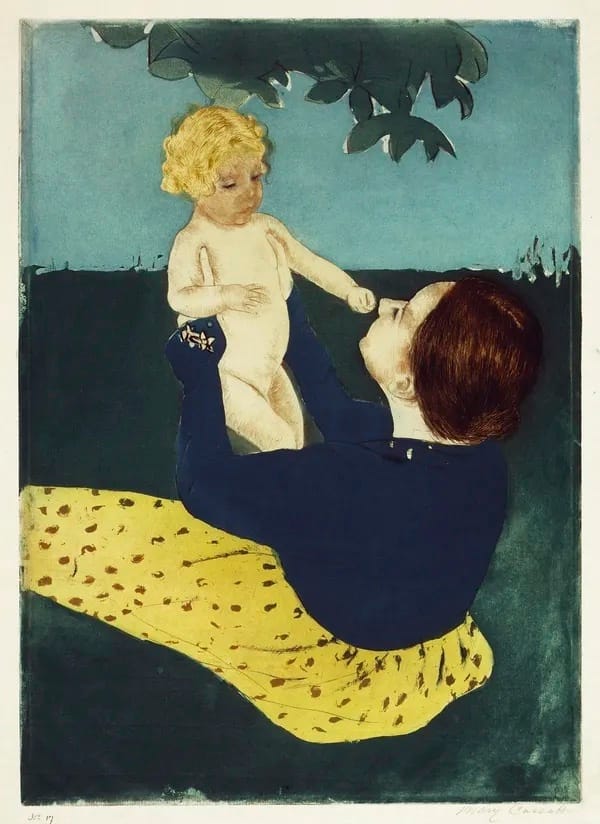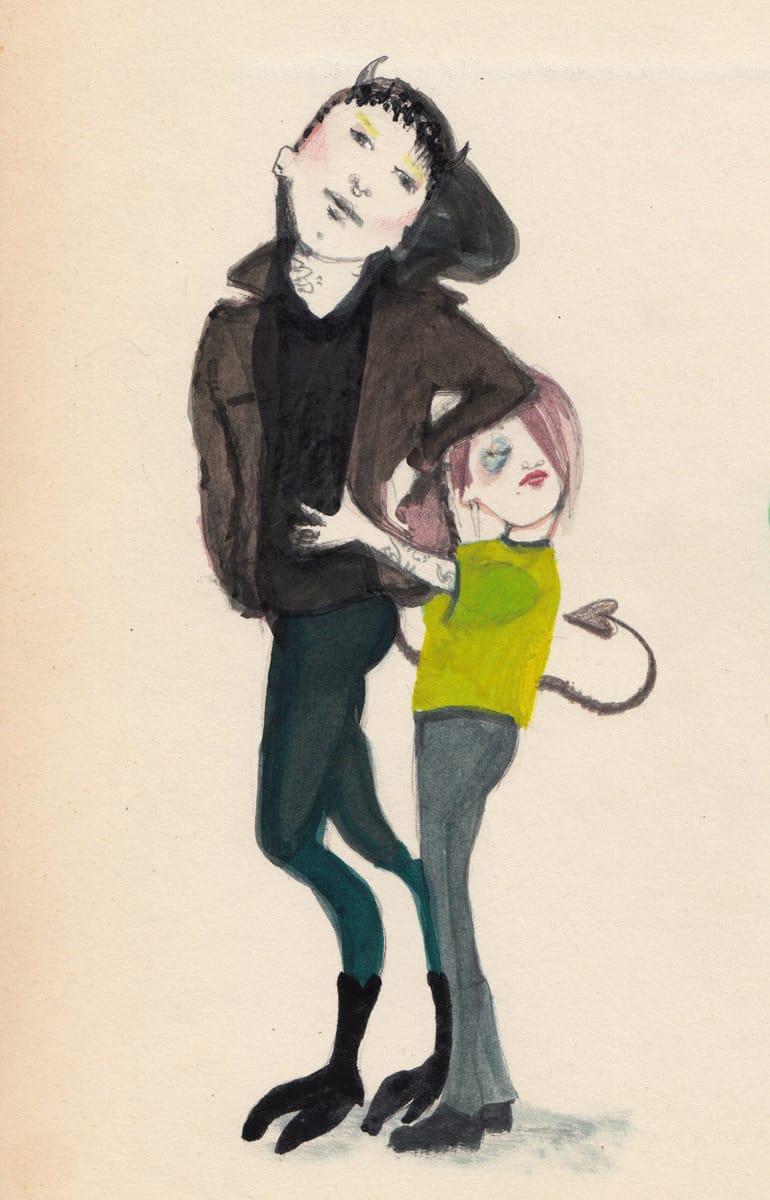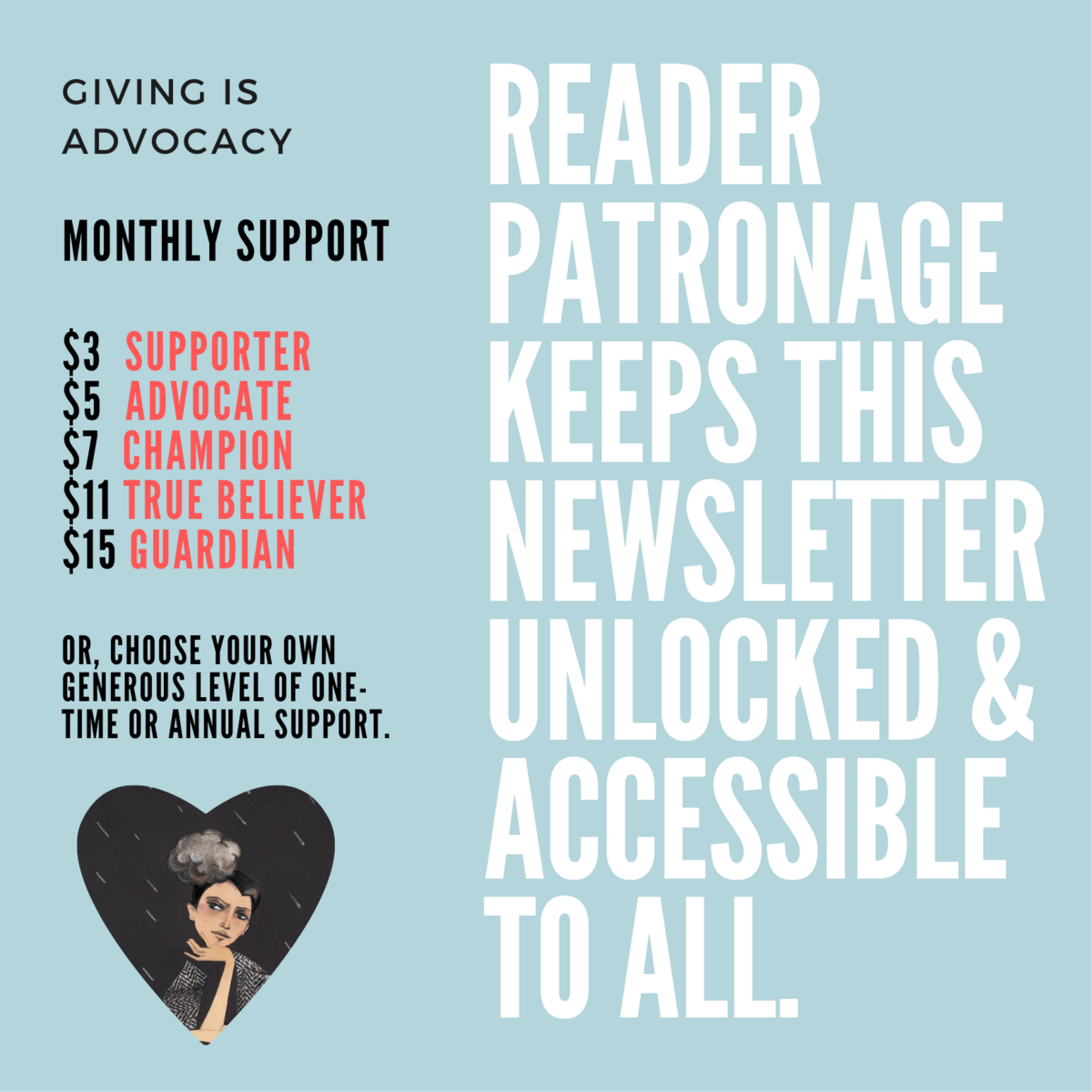A friend of mine was worried about his friend who was falling in love.
He was concerned that their courtship was centered solely on shared stories of abuse and trauma. His friend and their new love were, he believed, “trauma bonding.”
It’s not uncommon to share stories of abuse with loved ones, and it’s also not uncommon to fall in love with someone with whom you share those stories. But bonding over past struggles is not the same as “trauma bonding,” which is something else entirely.

Let me explain.
A trauma bond is a relationship between two people that cycles through a pattern of abuse followed by love and affection. This relationship pattern often begins with an over-the-top style of courting (people call this “love-bombing,” but that term makes me cringe), and the person for whom you’re falling seems too good to be true.
They are.
Why do people fall for people who seem too good to be true?
And why, when they discover they’ve been had, don’t they leave?
It’s because the template for this relationship style is often set, as so many things are, in childhood, as are so many relationships—healthy and not. They are part and parcel of the rearing process. Even if we’re well aware of other, healthier ways to be treated, we’d be hard-pressed to identify how to get there.
When a child is raised, it’s not simply their character being shaped, but their nervous system. When a child grows up in a home with caretakers who are emotionally erratic, chaotic, or frightening and who also feed, clothe, house, and soothe them, the child’s nervous system will form accordingly. Their brain will begin to equate love with instability.

Under the Horse Chestnut Tree Illustration by Mary Cassatt (1844-1926). Original from Library of Congress
It’s this specific dynamic—of being loved and cared for after periods of abuse that is the signature feature of a trauma-bonded relationship.
Growing up in a chronically stressful environment keeps a person stuck in a fight-or-flight state. Their system is flushed with stress hormones, and like anyone who is chronically frightened, their focus is on finding relief. They may find that people-pleasing or being “good” will get them the affection or nurturing they need.
But when the affection and nurturing they need comes from the same person who has created the stressful environment in which they live, things can feel somewhat confusing. When it does arrive, they are flooded with the bliss of the “love hormone” oxytocin, coupled with other neurochemicals in addiction, like dopamine. Their brain latches onto this brief but powerful relief from anguish and not on the longer-term negative impacts of their environment.
This is one reason why, in an adult relationship, people stay when it seems obvious to outsiders that they should leave.
When we’re small and our inability to self-regulate is thwarted by a turbulent environment, one where our attachment figure alternates between protective and abusive, we get stuck in unresolved forms of anxious or insecure attachment styles.

Original art for How to Live by Edwina White
The pattern of a dominating figure pushing us away only to pull us back in becomes our template for all relationships. When we grow up and venture out into the world, we might find ourselves “inexplicably” drawn to people who treat us the same way. But it’s not inexplicable at all. It’s the siren call from one nervous system to another, and it’s one reason abusive relationships can be so hard to leave.
The bond created between an abuser and the abused is a form of attachment, and like any attachment style or love language, we are drawn to the familiar, even when it’s unhealthy.
This specific attachment described above is known as a trauma bond. It is characterized by alternating episodes of abuse and care, and it often renders the non-dominant partner unable to appraise their situation and sense of self adequately.
At the center of the trauma-bonded relationship is cognitive dissonance.
The psychologist Leon Festinger developed the theory of cognitive dissonance, which describes the state of discomfort a person experiences when they hold two conflicting beliefs. For instance: We root for Walter White on Breaking Bad and Tony Soprano on The Sopranos because we’re captivated. We disagree with how they make their living, but we still root for them.
We don’t condone what they do, and yet, we watch. His research led to the book The Theory of Cognitive Dissonance, a significant contribution to the field of social psychology.

In the mid-1950s, Festinger and two colleagues infiltrated a small cult that believed the end of the world was imminent. When their prophecy failed and their beliefs were disproved by evidence, the group members were not dissuaded. Instead, they adjusted their beliefs to justify the event that didn’t happen: Their theories about the end of the world, they argued, prevented the world from ending.
They wrote about it in When Prophecy Fails: A Social and Psychological Study of a Modern Group That Predicted the Destruction of the World.
The term itself “trauma bonding” was coined by Patrick Carnes, the founder of the International Institute for Trauma and Addiction Professionals (IITAP). Cranes defined trauma bonding as “the misuse of fear, excitement, sexual feelings, and sexual physiology to entangle another person.”
That definition has since been expanded to include any instance an attachment has formed between the abused and their abuser. While this dynamic may look like an allegiance by the abused to their abuser, it’s a dynamic that pivots around power, control, and cyclical abuse.

"Love bombing" (If you think of something better, let me know. This expression makes my skin crawl.) Your partner comes on strong, courts hard, and presents themself as someone too good to be true. At the beginning of the relationship, you are showered with love and affection. The connection is so intense you start believing that you’ve met the “One.” You probably tell everyone. At the very least, you want to.
They gain your trust. Your partner will then do everything they can to gain your trust. They may talk about moving in together or marriage. They may talk about who to invite to the wedding or what to name your future babies. These are usually false promises that happen too soon, adding to your rush.
Criticism and devaluation. There is a shift, and it starts slowly. You may not notice or chalk it up to the behavior of the newly nested. Soon enough, they begin to criticize and belittle you. Worse yet, you probably believe you deserve this and you take the blame. Small things indicate that they are backing away from you, and shying away from their larger pronouncements of marriage and children.
Gaslighting. Your partner starts to twist facts and denies your feelings. You begin to distrust your own experiences. Everything is always your fault; never theirs.
Resignation and submission. You feel stuck as you slowly discover that it’s impossible to have a reasonable, logical conversation with your partner. They won’t be held accountable for anything. This leaves you feeling mentally and emotionally enervated, leading you to give in often. You believe that the non-abusive version of them is the real version, and you put all your faith in seeing the positive moments instead of the negative ones. As the cycle between abuse and care continues, you feel trapped and toggle between positive and negative emotions.
Loss of sense of self. With your self-esteem decreasing, you find yourself neglecting your needs and desires and losing any self-awareness you have. You become focused on the abusive person and their needs and moods.
Emotional addiction. A trauma bond creates an emotional dependency that can feel very similar to drug addiction. You find no pleasure in anything or anyone other than being with the abusive person. They become your reason for being. Cognitive dissonance is what can keep an abused person in the relationship.
The subconscious of the abused person works hard to reduce the incongruities that exist between their abuser’s words and their abuser's actions, which alleviates their discomfort and despair at the inconsistency that exists between their experience of a person and their beliefs about the person.
Being in a trauma-bonded relationship can have long-term adverse effects on the brain and body. When a person lives in a constant state of fight or flight, their cortisol levels are increased and affect other hormones, which can create a chronic stress cycle that negatively impacts a person’s mental and physical health.
Trauma bonds eradicate a person’s self-image and sense of individuality, which makes it easier for them to internalize and believe their abuser’s warped view of them. This is how someone loses their sense of autonomy and agency.

Frederick Cayley Robinson, 1920.
You often agree with the reason your partner is treating you badly.
You justify or try to cover for your partner.
You argue and distance yourself from people trying to help you.
You depend on your partner as a gauge or determine your needs and emotions.
You feel they are gaslighting you
Being unable to state your feelings, opinions, or desires without fear of upsetting the other person.
Altering your behavior in a way that violates your moral code to keep the other person happy.
Setting a boundary that is ignored or dismissed.
Feeling like you would be lost without the other person.
Being love-bombed at the beginning of a relationship (which can look like over-the-top, extreme displays of attention, affection, and romantic gestures).
Other hallmarks of a trauma-bonding relationship, as noted by the National Domestic Violence Hotline, include actions like obsessing over people that have hurt you even after they’re gone, continuing to seek contact with people who you know will cause you pain, going above and beyond to help people who have hurt you and overall, being unable to walk away from unhealthy relationships.
The more trauma you’re exposed to, the less it feels like trauma, and your brain prefers it that way.

Identify the trauma bond.
Before getting help, you must first recognize that you’re experiencing trauma bonding.
The most vital question to answer is this: Are you caught in a cycle with a partner who alternates between abuse and love?
Here are 8 specific strategies to help you get free.
Realize that feelings are not facts. Write out all the facts and separate them from your feelings. Your feelings will convince you that it isn’t right to leave. But your rational mind can help you realize and decide that it is right to leave because you care about your well-being.our
Your emotions might help you stay in place forever. Keep the facts at the center of everything. Remind yourself that facts are long-lasting and inflexible. Feelings are fleeting.
2. Write down the facts.
3. Reach out for support. Find a therapist or a coach who can help you follow through on what is true and right.
4. Anticipate the worst and make a safety plan. Have your support network with you or nearby.
5. Sever all contact. This is the most vulnerable period. This is when they’re at their best. This is when they will revert to “love-bombing” you. Steer clear.
6. Rebuild and forgive yourself. Be gentle and kind. Treat yourself as you would if your best friend were going through this.
7. Stay in therapy or with your coach and figure out why this dynamic kept you hooked. Work to identify red flags before you let yourself fall for a person.
8. Educate yourself on what a healthy relationship looks and feels like. It’ll blow your mind while also giving you a road map for what to look for going forward.
The types of therapy that work well for trauma bonding are trauma-based: Cognitive Behavioral Therapy, Dialectical Behavioral Therapy, Somatic Experiencing, or any therapy whose practice is predicated on understanding trauma.
Until next week, I remain...

Amanda
📬 Feel free to drop me a note at: [email protected]
(Nope, I'm not a therapist or a medical professional, just a human trying to figure out how to live.)
Anything bought in the How to Live Bookshop can earn me a small commission, which goes to subsidize this newsletter.


